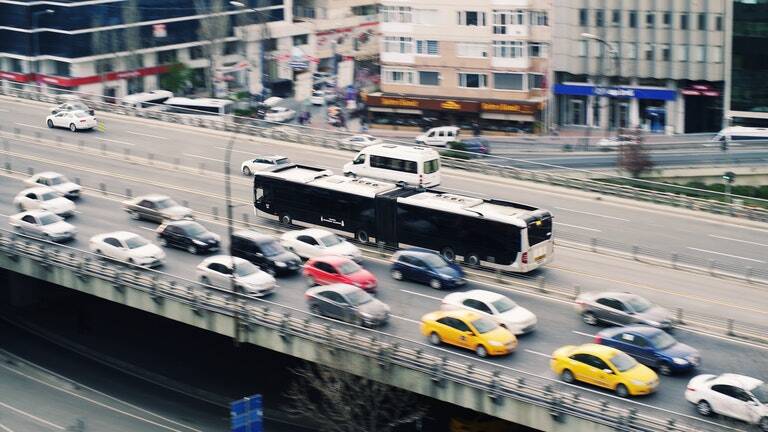When you study the leading causes of injury and death across the globe, traffic crashes are perennially near the top of the list. According to data gathered by the World Health Organization (WHO):
- More than 1.25 million people die from road traffic crashes each year.
- Traffic injuries are the leading cause of death among people between the ages of 15 and 29.
- Collisions on roads cost most nations an average of 3 percent of their gross domestic product.
- Unless lasting action is taken, road traffic crashes will become the seventh leading cause of death around the world by 2030.
Until now, the longtime approach to improving road safety has been the Safe System method, which takes into account people’s vulnerability and human error.
“The cornerstones of this approach are safe roads and roadsides, safe speeds, safe vehicles, and safe road users,” WHO explains, “all of which must be addressed in order to eliminate fatal crashes and reduce serious injuries.”
Though the Safe System approach has been fairly effective, it hasn’t done enough to reduce death and injuries. Experts in big data believe they may have identified some complementary solutions.
Three Ways Big Data Can Enhance Roadway Safety
Death is obviously the most serious consequence of road traffic mishaps, but millions of people are also injured each year. According to the law firm of Marks & Harrison, which handles cases for hundreds of car accident victims every year, the most common injuries include broken bones, burns, head and brain trauma, back and spine trauma, and whiplash.
The goal is to employ big data to lower the frequency of both deaths and debilitating injuries like these, perhaps within just a few short years. Here’s how.
1. Data Collection
Any time there’s a plane crash, you’ll see reporters talk about the recovery of the “black box.” Black boxes are standard on airplanes and are simply small, compact devices that record crash data.
Because the technology is relatively inexpensive, it could be deployed on a large scale in auto manufacturing as well. “The benefits of the technology are we will be able to track the exact time, speeds, position, and other factors related to car collisions and accidents,” data expert Goran Dragosavac writes.
“As this data is studied, we will be able to better understand trends and reasons behind car crashes and use this data to prevent future incidents.”
2. Predictive Crash Maps
For the better part of five years, many states and municipalities in the U.S. have been using advanced software to analyze historical data and make real-time projections about high-risk roads, highways, and intersections. The state of Indiana publishes its data.
As the technology improves, it’s possible that predictive crash data could be leveraged by local law enforcement and safety officers to target high-risk areas and implement additional safety precautions as needed — such as crossing guards, heightened police presence, and reduced speed limits.
3. Automated Vehicles
As society gets closer to mass production of driverless vehicles, it’ll be exciting to view how big data can be used to make these cars and trucks safer and eliminate crashes that have resulted largely from human error. The belief is that predictive crash maps and other data can be plugged into the vehicles to enhance safety across the board.
Is Big Data the Answer?
In the end, big data can accomplish only so much. It can help us understand crash site data, make vehicles safer, and eliminate risk in isolated situations … but it’s not going to make our roads much safer without human effort and focus.
Until individual drivers are determined to eliminate distracted driving and focus on observing the posted speed limits and traffic regulations, big data may have a minimal impact at best. People need to make a point of being smarter about how we drive.
Only then will we achieve the desired result of safer highways and urban streets.









